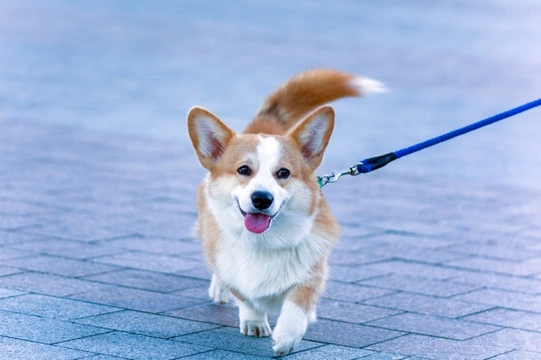
Dog walking and helping someone who is self-isolating: How to avoid contact whilst meeting the dog’s
Covid 19 coronavirus is having a huge impact on the entire population of the UK, both in terms of the effect it is having and is likely to have on the health of individuals, and the logistical and societal impacts of this and attempts to slow the spread of the disease.
This is more or less unprecedented in terms of the dramatic changes it has wrought in society since the first cases were confirmed in December. At the present time (March 2020) the government and NHS are urging people to practice social distancing even if healthy, and to self-isolate if they are particularly vulnerable, have or may have Covid 19 coronavirus, or if anyone in their household has it or is showing potential symptoms.
This means that for people with a dog who are sick or otherwise self-isolating, other arrangements need to be made to get the dog walked; and many people are offering to assist with things like this in their local communities or getting shopping for people who are unable to go out.
Whether you are self-isolating and want to make sure the person who helps with your dog isn’t exposed to a member of your household (or that you’re not exposed to them if you’re in a vulnerable group but are otherwise healthy) or if you are healthy and offering to walk a dog and help someone who is self-isolating for whatever reason, it is really important to take all possible measures to avoid exposure to each other.
With this in mind, this article will share some tips on dog walking handovers and self-isolating, and how to communicate and manage handovers between a dog and two people who are avoiding contact.
Read on to find out how to dog walk for someone self-isolating while minimising the risk of exposure to coronavirus.
Communicate remotely
First of all, setting up walks and all things related to anything other than handing over the dog itself can be undertaken remotely. Phone, text, email, and video calling all negate the need for physical contact to go over the details, and video calling can even be used to “interview” a walker or dog owner to see if they would be a fit, and even to get the dog used to the sound of a strange voice if they don’t already know the walker!
Try to work with someone who already knows your dog
If at all possible, try to arrange to walk a dog for/have your dog walked by someone who already knows the dog. This will make things much easier for all of you (dog included) and may help to ensure that no physical contact or close proximity between the walker and the self-isolator is required.
Some dogs will happily go with a stranger if their owner is not there, and some will tolerate a stranger coming into their garden or even home without being defensive about this, but other dogs will try to defend their territory or refuse to go with the walker if they don’t know them.
Take great care over the initial introduction if your helper doesn’t know your dog
If the person who will be helping you hasn’t met your dog before or if they have but you’re not sure how the dog will react, take care over the initial introduction. It is important to ensure that the helper is not placed at risk from a defensive dog, but also that contact between them and you is avoided if at all possible.
See how your dog reacts to the other person with the dog and person on either side of your fence, and if needs be, with you in the garden but at a considerable distance to make things easier. A helper with treats will potentially be able to sway a dog that is uncertain, but they should not enter the garden if the dog is behaving defensively.
Try to make handovers from a distance
There are a number of measures that might work to enable a handover of the dog without contact between the owner and the walker, depending on how your home is set up and what works best for you both and the dog too.
Here are a few suggestions:
- Have the dog loose in the garden for the walker to collect, once you have established that the dog will let them in.
- Do the same with a porch or hallway if this is not possible and once more, the dog is safe and will permit this, potentially with the owner giving commands in earshot.
- An interim room works too.
- Many dogs will behave differently when on the lead and accept direction more willingly like this, and so putting the dog on a lead and tying them to the garden fence for just a couple of minutes whilst watched from a window can enable the walker to collect them without making contact.
Hand washing, sanitising and hygiene
Even if you’re handing over with no contact between helper and self-isolator, both parties should wash their hands thoroughly immediately before and after, and sanitise their hands if this is not possible.
Also, the last thing you should do before handing the dog over in either direction is to wipe off their collar and lead with sanitizer or hot soapy water, and ideally wipe their coat over too with a pet-safe wipe and dispose of the rubbish safely to avoid cross-contamination.
If possible, the dog walker should perhaps bring a separate collar and lead for the dog to put on and remove either side of walks, to reduce the potential for transmission on surfaces.



